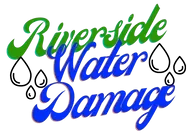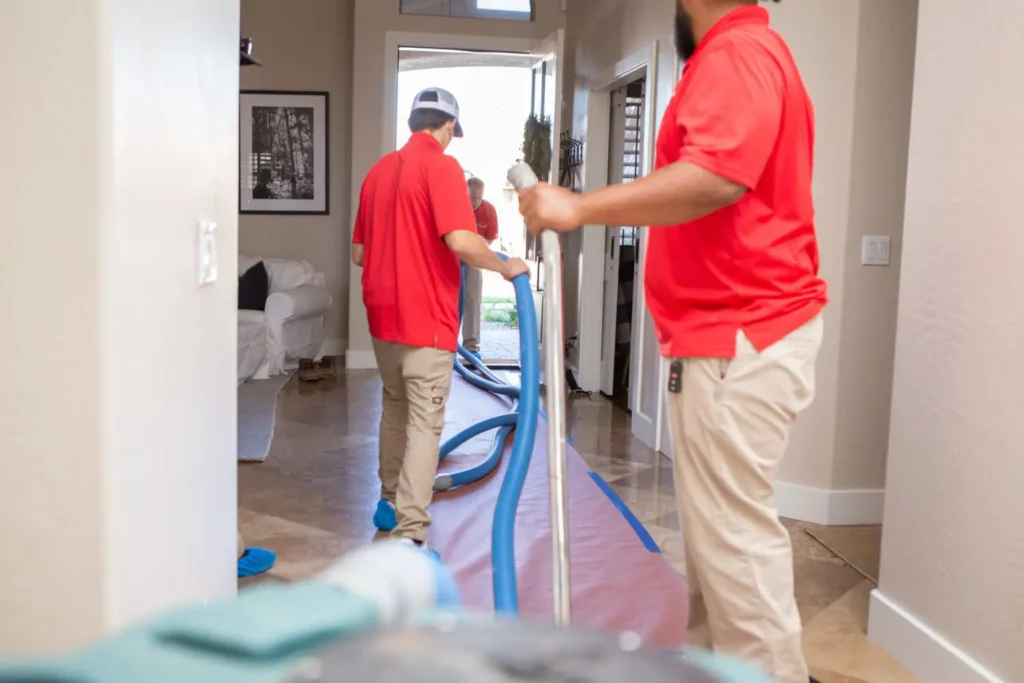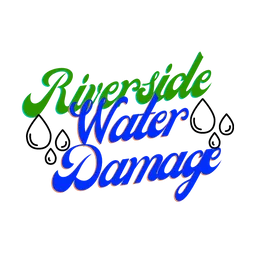In the wake of a flood, the aftermath can be overwhelming and devastating for property owners. The immediate concern is often the visible damage, but what many may not realize is that the lingering threat lies beneath the surface—water. Water extraction is a critical step in the restoration process for flood-damaged properties, and its importance cannot be overstated. In this blog, we’ll delve into the reasons why water extraction is crucial for ensuring the long-term health and stability of a property post-flood.
The Silent Invader:
Water has a sneaky way of infiltrating every nook and cranny of a property. It seeps into walls, floors, and furniture, often going unnoticed until the damage is already done. Even after the visible floodwaters recede, moisture can persist, creating a breeding ground for mold, mildew, and other potentially harmful microorganisms. These hidden threats pose serious health risks to occupants and can compromise the structural integrity of the building over time.
Preventing mold growth:
One of the primary reasons water extraction is so vital is its role in preventing mold growth. Mold thrives in damp environments, and the moisture left behind after a flood provides the perfect conditions for its proliferation. Mold not only damages the surfaces it grows on but also releases spores into the air, which can be harmful when inhaled. Timely water extraction is crucial to remove excess moisture and inhibit mold growth, safeguarding the health of those living or working in the affected space.
Preserving structural integrity:
Water has the potential to weaken the structural components of a building. Whether it’s wood, drywall, or insulation, prolonged exposure to moisture can compromise the integrity of these materials. Warping, rotting, and deterioration are common consequences of water damage, and if left unaddressed, they can lead to more extensive and expensive repairs down the line. Water extraction is an essential step in halting the destructive process and preserving the structural stability of the property.
Protecting Belongings:
Floodwaters spare nothing in their path, engulfing not just the structure of a property but also its contents. Furniture, appliances, and personal belongings can all fall victim to water damage if not addressed promptly. Water extraction plays a pivotal role in salvaging these items. By removing excess moisture and preventing further absorption, valuable possessions can be saved from irreversible harm. This not only reduces the financial burden on property owners but also helps retain sentimental items with irreplaceable value.
Mitigating health risks:
Floodwaters are not only destructive but also carry a host of contaminants. Bacteria, viruses, and other pathogens can contaminate the water, posing significant health risks to anyone exposed. Water extraction is crucial to removing these contaminants and creating a safe living environment. Without thorough extraction, lingering pollutants can lead to a variety of health issues, ranging from skin irritations to respiratory problems. Prioritizing water extraction is, therefore, a fundamental step in ensuring the well-being of those returning to the property post-flood.
Conclusion:
In the aftermath of a flood, the importance of water extraction cannot be overstated. Beyond the visible damage lies a hidden threat that, if left unchecked, can have long-term consequences for both the structure of the property and the health of its occupants. Mold growth, structural deterioration, and health risks are just a few of the potential hazards that water extraction aims to mitigate.
While the immediate aftermath of a flood may seem chaotic and disheartening, investing in professional water extraction services is a proactive and necessary step toward a comprehensive restoration. By prioritizing the removal of excess moisture, property owners can protect their investments, preserve the integrity of their homes or businesses, and ensure the safety and well-being of everyone within. Water extraction is not just a restoration process; it’s a crucial safeguard against the lingering effects of a flood that can impact lives long after the waters have receded.
Riverside Water Damage https://www.waterdamageriversidecalifornia.com/


